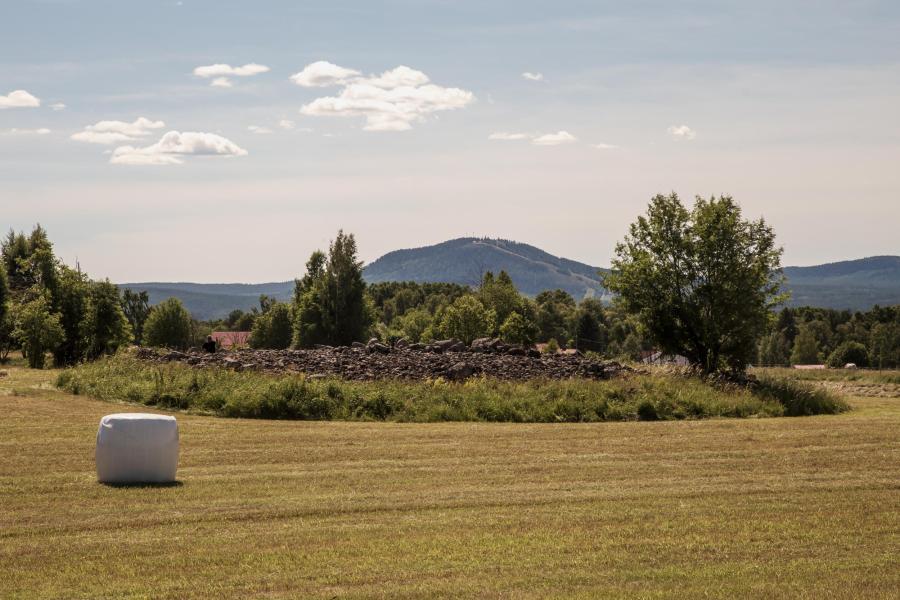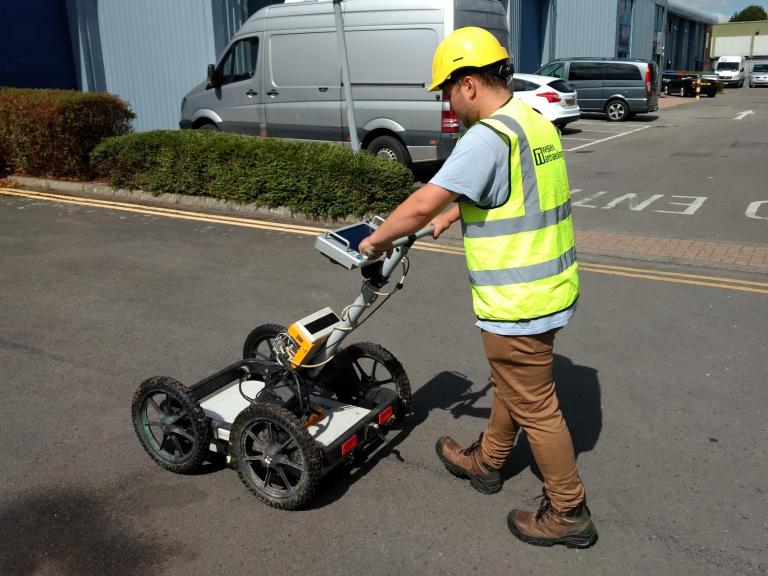Discovering the secrets of a Viking Age site
Next week, Wessex Archaeology will be heading off to Sollerön, Sweden to undertake geophysical surveys on the island in the hope of answering unsolved mysteries about the island’s Viking Age past.
With an estimated population of 1,200, Sollerön is the largest island in Lake Siljan, Dalarna. Its nearest town, Mora, is the heart of the Swedish cultural, folk tradition.
Wessex Archaeology has been commissioned by the community-funded venture, Sollerö Hembygdsförening to undertake magnetic gradiometry and ground penetrating radar (GPR) surveys. A team comprising staff from Wessex Archaeology, two eminent Swedish archaeologists, Professor Jansson of Stockholm University and a group of enthusiastic amateur historians plan to find out more about Viking Age Sollerön.
Above: Aerial view of Sollerön, Sweden
Viking Age burial grounds discovered
During the 1920s, two large burial grounds dating from the end of the Viking Age were discovered along with weapons, domestic items and a horse’s harness. Sixteen graves were identified but none have been investigated using modern techniques. These graves contained goods belonging to people with status, perhaps a Viking Chieftain, who lived here one thousand years ago. A sword dating to 985-1050 AD was discovered in the grave, its pommel is carefully sculptured to portray two birds and its handle has been inlaid with silver. Only an immensely wealthy and powerful person would have been able to afford such a weapon.
Mathias Bäck, an archaeologist at the National Historical Museum in Stockholm and Marta Lindeberg, an archaeological consultant, are leading the survey on Sollerön.
Mathias Bäck says, “Despite the possibility of Viking remains around the grave site, there has not been an archaeological study made since 1920. We hope to establish where people lived during the Viking period, hopefully we may find traces of a long house. There is also a good chance that there are some previously undiscovered graves which have been ploughed over through the centuries.”
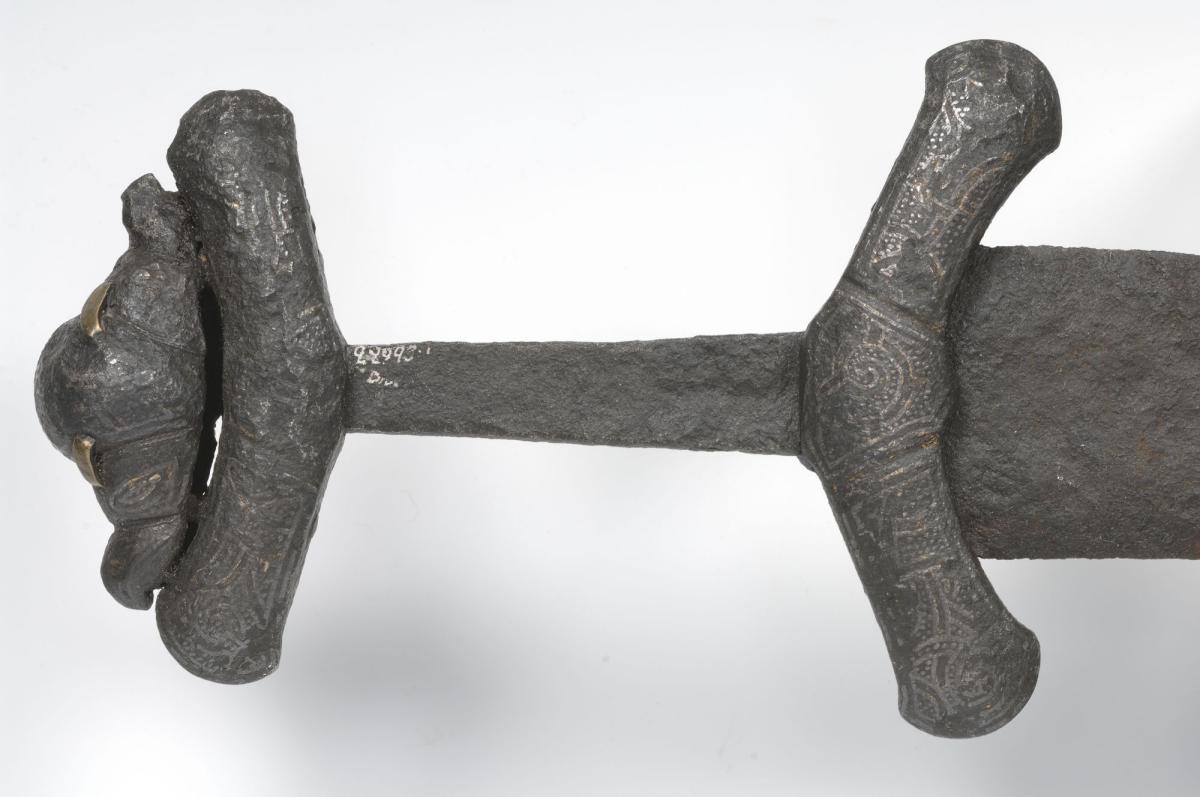
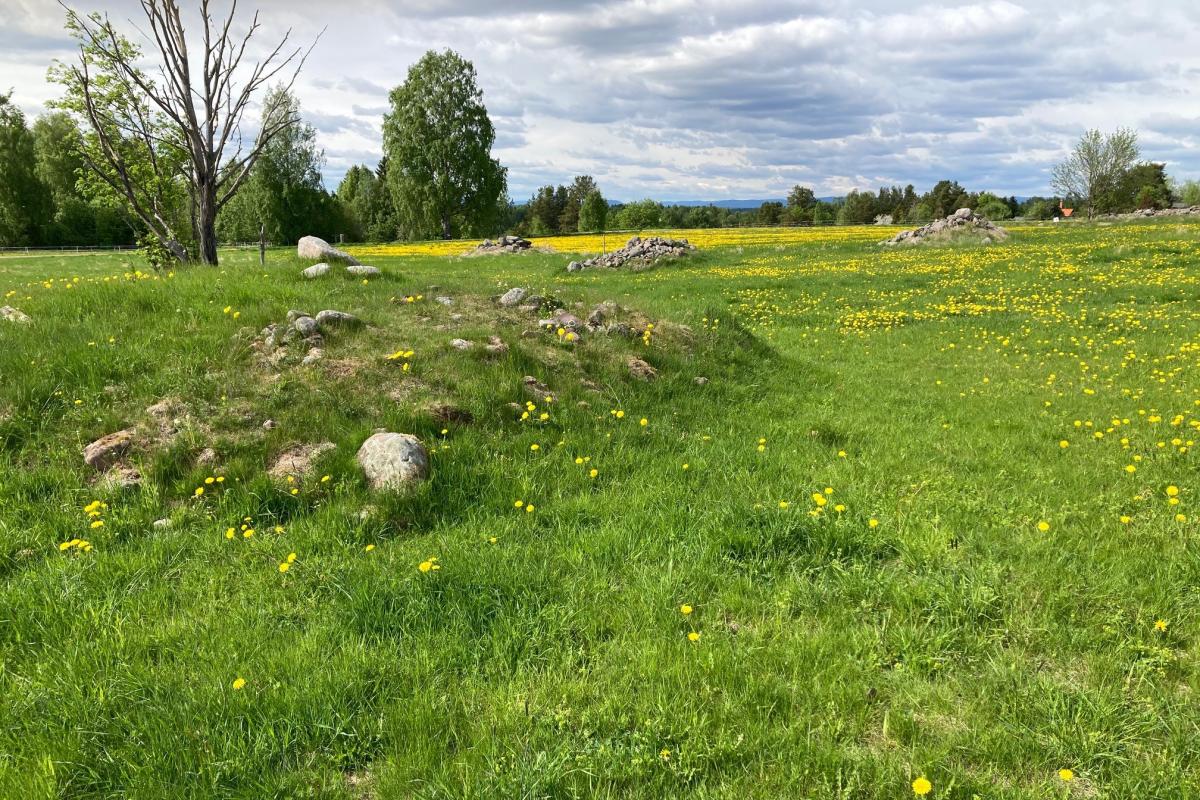
Left: Sword discovered in the grave dating to 985-1050 AD © The Swedish History Museum
Right: Viking graves © Lars Hansson, member of the local photography club
The "sacrificial site"
The people who lived on Sollerön during the Viking period worshipped the Norse Gods, the mythology that preceded Christianity. They believed the Norse Gods protected their families and helped them produce healthy crops. In return, they practiced sacrificial rituals to please and honour the Gods.
Located on the island is a 4m-wide mound of stones formed in a U-shape. Theories suggest this may have been the sacrificial place. This belief is strengthened by the fact that in 2018 a metal detectorist dug up a miniature dagger just on the perimeter of the stones, an implement used for sacrificial rituals. With the coming of Christianity in the 13th century, a chapel was built adjacent to the assumed sacrificial place. This chapel was abandoned in 1776 when a new church was built in the centre of the village.
Marta Bäck says, “We will be looking for clues to help prove that there was a pre-Christian religious site adjacent to the remains of the first church on the Island.”
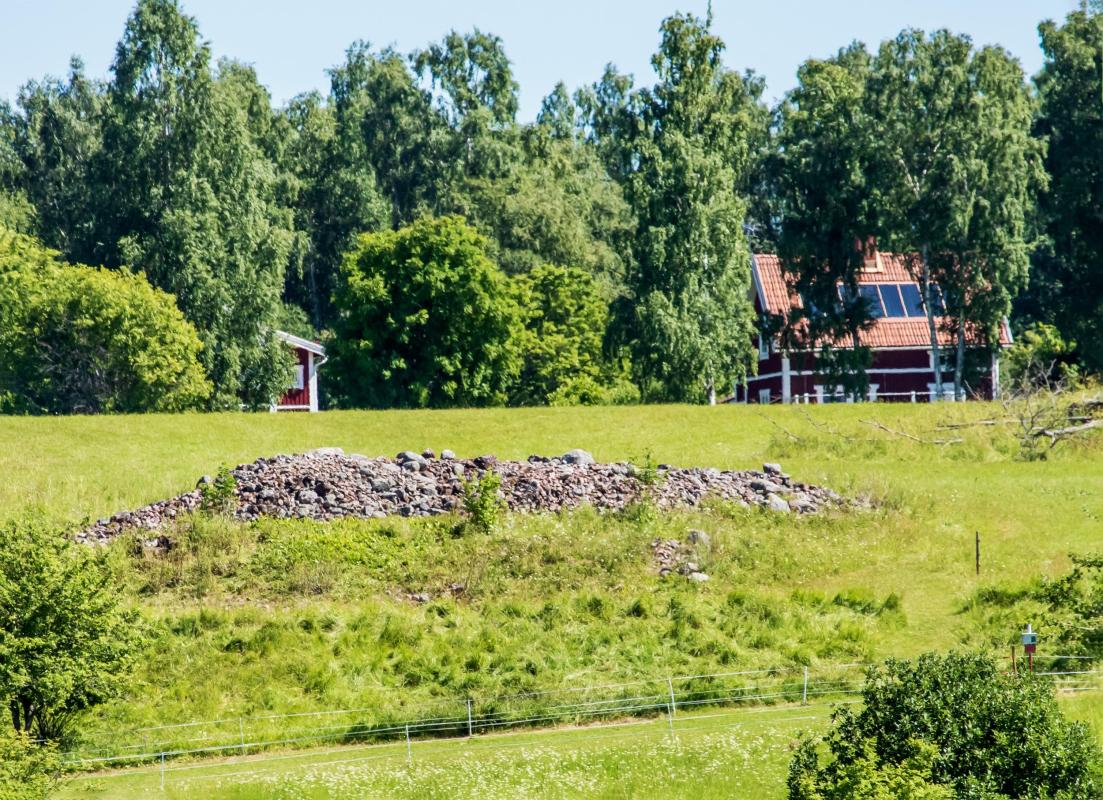
Above: The remains of the "sacrificial site" © Lars Hansson, member of the local photography club
Another unsolved mystery is whether there was a community on Sollerön in the Viking Age. The vast content discovered in the graves indicate that there must have been considerable wealth during this time, suggesting the existence of a significant community in the area.
By capitalising modern archaeological methods, Wessex Archaeology hope to identify where the inhabitants in the Viking period lived in relation to the graves, any clues to verify the use of the “sacrificial site” or “cult place” and to find traces of previously undiscovered graves.
Håkan Grudd, Chairman of the local heritage society says, "I grew up on this island and ever since I was a child I've heard stories about Vikings and alluring myths about the grave field. It will be fantastic to try and learn more about the people that lived here a thousand years ago or more, who they were, where and how they lived, and maybe also learn something about their religious beliefs. I really look forward to this summer's archaeological investigation on Sollerön, which I hope will be the first in a new series of surveys using state-of-the-art techniques."
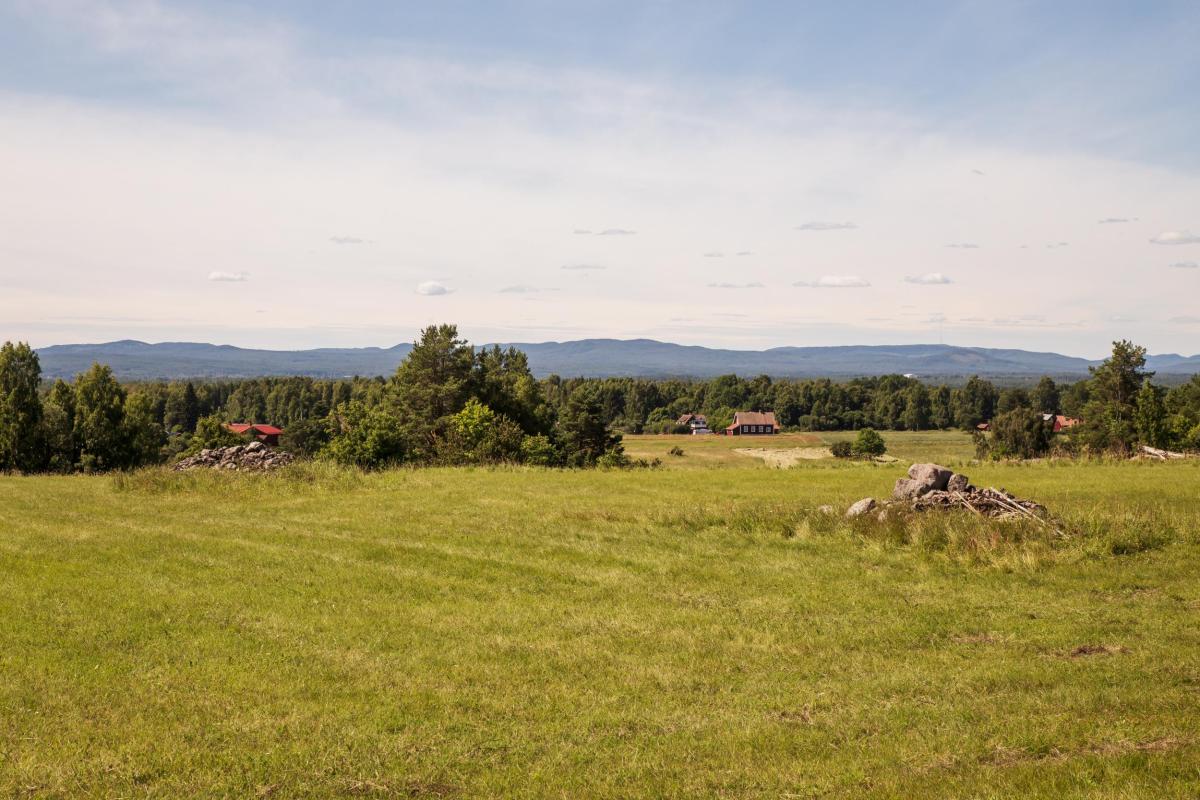
Above: © Lars Hansson, member of the local photography club
Michael Wills, Historical Novelist says, "While researching for my Viking novel I came across the grave field on the Island of Sollerön, five hours drive north-west of Stockholm. It was a surprise to me, common wisdom dictates that Vikings only lived on the coast, but these graves and the discovery of a hoard nearby, dispel that theory. Thanks to the generosity of Wessex Archaeology, we will be taking a closer look at the area using modern archaeological techniques."
Visit Sollerö Hembygdsförening's website for more information about Sollerön, Sweden.
